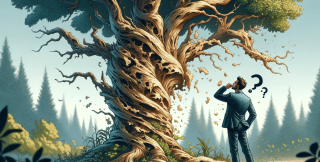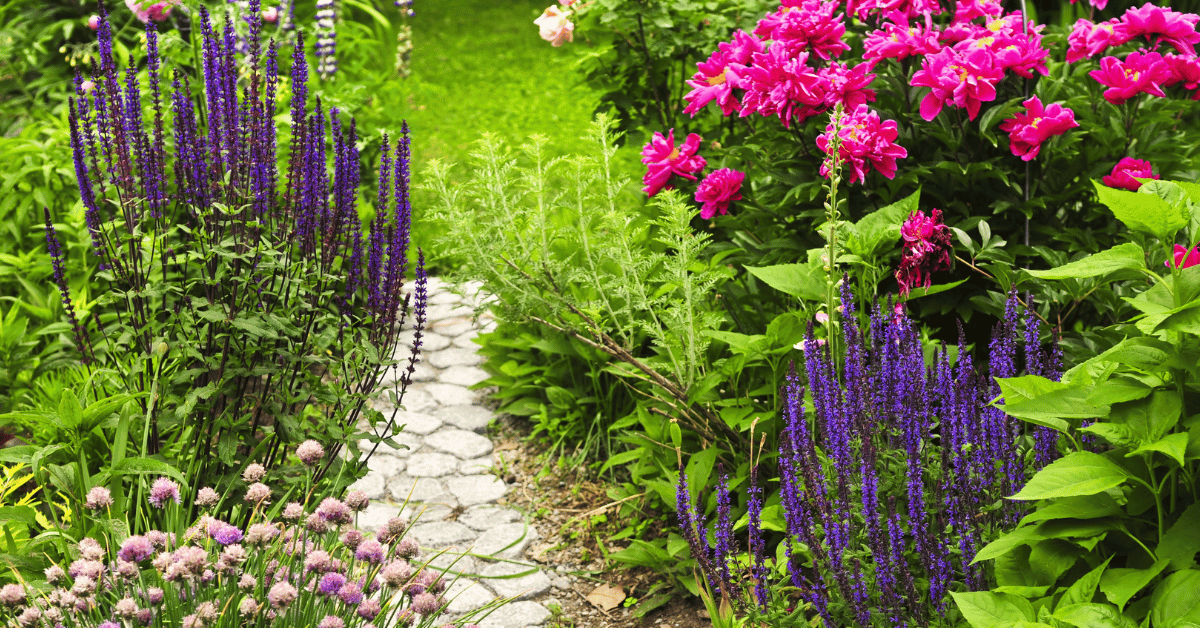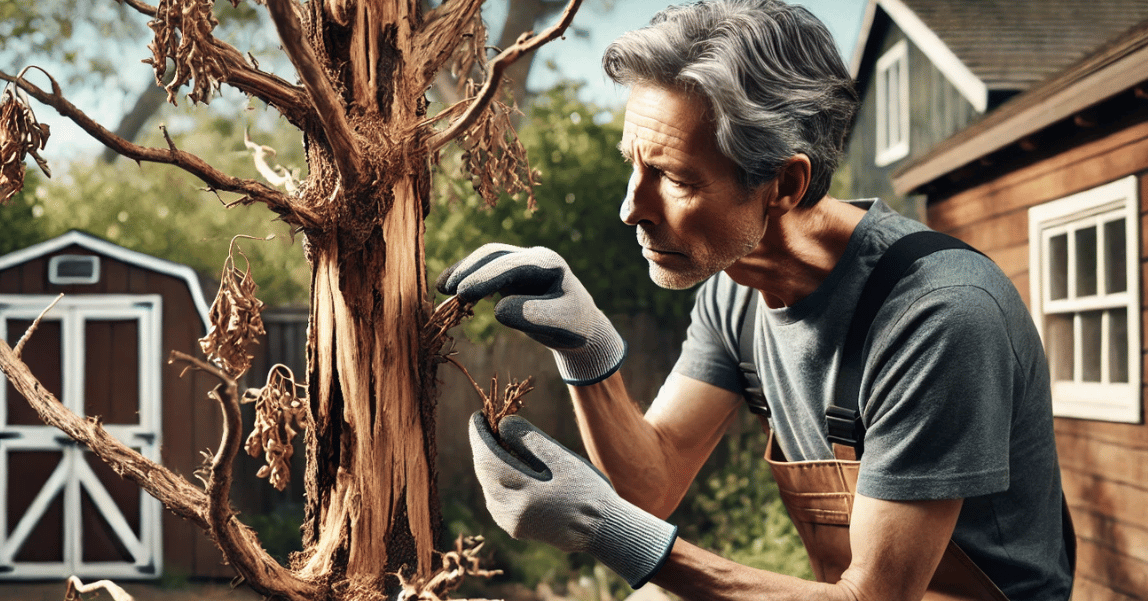When you notice the bark peeling off your tree, it's natural to worry. The bark is a protective layer for trees, shielding them from environmental threats. If the bark falls off, it might seem like a clear sign of distress. However, the situation can sometimes be dire. This guide explores the reasons behind bark peeling, its implications for your tree's health, and how you can address the issue. With expert insights from Strobert Tree Services, you'll learn how to care for your trees effectively in Delaware, Pennsylvania, and New Jersey.
Is My Tree Dying If Bark Is Falling Off?
The short answer is not necessarily. Trees shed bark for various reasons, some benign and others indicative of health issues. Observing the peeling pattern and the tree's overall health is crucial. For instance, some tree species naturally shed thin layers of bark as they grow. However, if you notice large chunks of bark falling off, exposing the bare wood underneath, it's time for a closer examination.
Common Causes of Peeling Bark
Understanding the root cause of bark peeling is essential for effective intervention. Here are several common factors that might be affecting your tree:
1. Natural Growth
Certain tree species, such as birches, silver maples, and sycamores, naturally shed their bark as part of their growth process. This peeling usually doesn't harm the tree.
2. Environmental Stress
Extreme weather conditions like drought, excessive heat, or severe cold can stress trees, leading to bark peeling. Similarly, sudden temperature changes, known as frost cracks, can cause the bark to split and peel.
3. Physical Damage
Mechanical injuries from lawnmowers and animals or improper pruning can damage tree bark, leading to peeling and potential entry points for pests and diseases.
4. Diseases and Pests
Certain diseases and pests target the tree bark. Fungal infections like canker diseases or bark beetle infestations can lead to significant bark damage and peeling.
Solutions for Peeling Tree Bark
Once you've identified the cause of bark peeling, you can take appropriate steps to help your tree recover. Here are some strategies:
1. Proper Identification
First, correctly identify the tree species and assess the peeling pattern. Natural shedding should be distinguished from more serious issues.
2. Water and Mulch
Trees stressed by environmental factors should be adequately watered, especially during dry spells. Applying mulch around the tree's base can help retain soil moisture and regulate temperature.
3. Protect the Tree
Prevent mechanical injuries by keeping lawn equipment and vehicles away from the tree base. Install protective barriers if necessary.
4. Pest and Disease Management
If pests or diseases are identified, apply the appropriate treatments. This may include fungicides for fungal infections or insecticides for pest infestations. However, using these products judiciously and according to the manufacturer's instructions is crucial.
5. Professional Assessment
When in doubt, consult a professional. Strobert Tree Services offers expert tree care and can comprehensively assess your tree's condition. Our team can diagnose the issue, recommend treatment options, and perform any necessary interventions, from pruning to pest management.
Contact Strobert Tree Services
At Strobert Tree Services, we understand the importance of maintaining healthy trees in your landscape. Our certified arborists are equipped to handle various tree health issues, offering services across Delaware, Pennsylvania, and New Jersey. Please get in touch with us if you're concerned about peeling bark or other tree-related problems. With our expertise, we can ensure your trees remain vibrant and healthy for years to come.
While bark peeling off a tree can be concerning, it's not always a sign that your tree is dying. You can often mitigate the issue by understanding the causes and implementing appropriate solutions. And remember, when in doubt, professional help from Strobert Tree Services is just a call away. We're here to help you maintain the health and beauty of your trees, ensuring they continue to thrive in your landscape.











